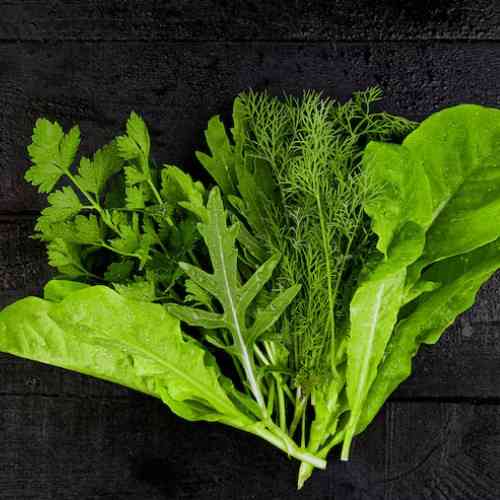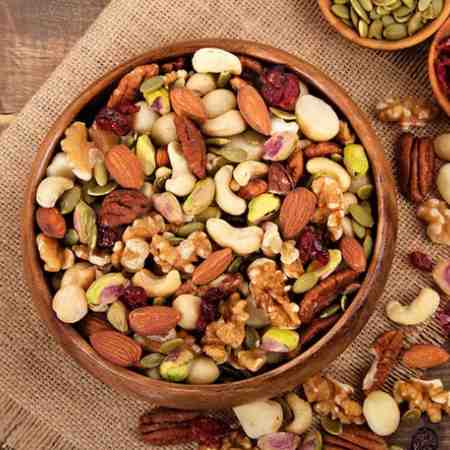Best Foods for Lung Cancer Patients
When you live with lung cancer, life can be overwhelming, and while food isn’t a treatment or a cure, it can support your body as you undergo treatment and, when it’s time, during recovery. A proper diet can assist you in maintaining strength and strengthening your immune system, and even control some of the side effects from therapies like chemotherapy or radiation. If you or someone you love is navigating this journey, here’s a guide to some of the best foods for lung cancer patients, written with care, not clinical coldness.
Why Nutrition Matters
First, let’s talk about why eating well is so important. Lung cancer and its treatments can zap your energy, suppress your appetite, and sometimes make food taste strange. On top of that, your body’s working overtime to fight the disease and heal. Nutrient-rich foods can step in to help; think of them as little allies giving you strength when you need it most. The goal here isn’t perfection; it’s about finding what works for you and feels good. Let's check out the best diet for lung cancer patients.
1. Leafy Greens: The Powerhouse Players
Spinach, kale, Swiss chard; these greens are packed with vitamins like A, C, and K, plus antioxidants that help combat inflammation. For lung cancer patients, reducing inflammation is key since it can ease some of the strain on your body. I know kale doesn’t sound like a party on your plate, but tossing it into a smoothie with some fruit can make it go down easier. If chewing feels tough, steaming or blending these greens keeps the nutrients intact without the effort.

2. Berries: Tiny but Mighty
Blueberries, strawberries, raspberries; they’re like nature’s candy, and they’re loaded with antioxidants called flavonoids. These compounds may help protect your cells from damage, which is extra important when cancer is in the mix. Plus, they’re easy to eat, even on days when your appetite’s low. Toss them into yogurt, oatmeal, or just munch them straight from the bowl. They’re sweet, simple, and a bright spot in any meal.
3. Lean Proteins: Building Blocks for Recovery
Protein is your body’s repair crew, and treatments can break down muscle if you’re not eating enough of it. Chicken, turkey, fish, eggs, or plant-based options like lentils and tofu are all great choices. Fish like salmon or mackerel also bring omega-3 fatty acids, which might help with inflammation and keep your energy up. If nausea’s a problem, try small portions, like a scrambled egg or a few bites of grilled chicken, to keep things manageable.
4. Whole Grains: Steady Energy Suppliers
White bread might be comforting, but whole grains like quinoa, brown rice, and oats give you longer-lasting energy without the sugar crash. They’re also gentler on your system and provide fiber, which can help with digestion, a common struggle during treatment. A warm bowl of oatmeal with a drizzle of honey can feel like a hug from the inside, especially on rough mornings.
5. Nuts and Seeds: Snackable Nutrition
Almonds, walnuts, chia seeds, flaxseeds; these little guys are nutrient-dense, meaning you get a lot of bang for your buck. They’ve got healthy fats, protein, and even some anti-inflammatory properties. If swallowing’s tricky, grind them up and sprinkle them over soup or yogurt. They’re perfect for when you need a quick boost but don’t feel like a full meal.

6. Colorful Veggies: More Than Just Pretty
Carrots, bell peppers, and sweet potatoes; these vibrant veggies are rich in beta-carotene and vitamins that support your immune system. Roasting them brings out their natural sweetness, which can be a lifesaver if treatment has dulled your taste buds. Plus, they’re soft and easy to digest when cooked, making them kind to a sensitive stomach.
7. Hydration Heroes: Water and Beyond
Okay, water’s not food, but staying hydrated is non-negotiable. Treatments can dehydrate you, and that just makes everything harder. If plain water feels boring, try herbal teas, broths, or even watermelon and cucumber; foods with high water content that sneak hydration in. Sip slowly throughout the day; it’s less daunting than chugging a big glass all at once.
Foods to Approach with Care
Not everything’s a green light. Greasy, fried foods or super sugary stuff might sound tempting, but can leave you feeling worse—think nausea or sluggishness. And if you’re dealing with mouth sores (a common chemo side effect), spicy or acidic foods like citrus might sting. Listen to your body; it’ll tell you what’s working and what’s not.
Small Bites, Big Impact
Here’s a practical tip: eating small, frequent meals can be easier than three big ones, especially if you’re battling fatigue or a wonky appetite. Keep snacks like nuts, fruit, or crackers nearby so you can graze when hunger strikes. It’s less about rules and more about what keeps you going.
A Personal Touch
I’ve talked to people who’ve been through this, and one thing stands out: everyone’s different. Maybe you’ll find comfort in your grandma’s chicken soup recipe, or maybe a smoothie’s your go-to. My friend’s dad, who fought lung cancer, swore by ginger tea for nausea. it’s not on every list, but it worked for him. Experiment, tweak, and find your groove.
Wrapping It Up
Eating well with lung cancer isn’t about chasing miracles; it’s about giving your body the foods that will quicken the recovery. Leafy greens, berries, lean proteins, whole grains, nuts, and colorful veggies are all healthy foods for lung cancer patients, with hydration as the unsung hero. Start small, be kind to yourself, and lean on flavors you love. You’ve got enough on your plate (pun intended); let food be a friend, not a fight.








